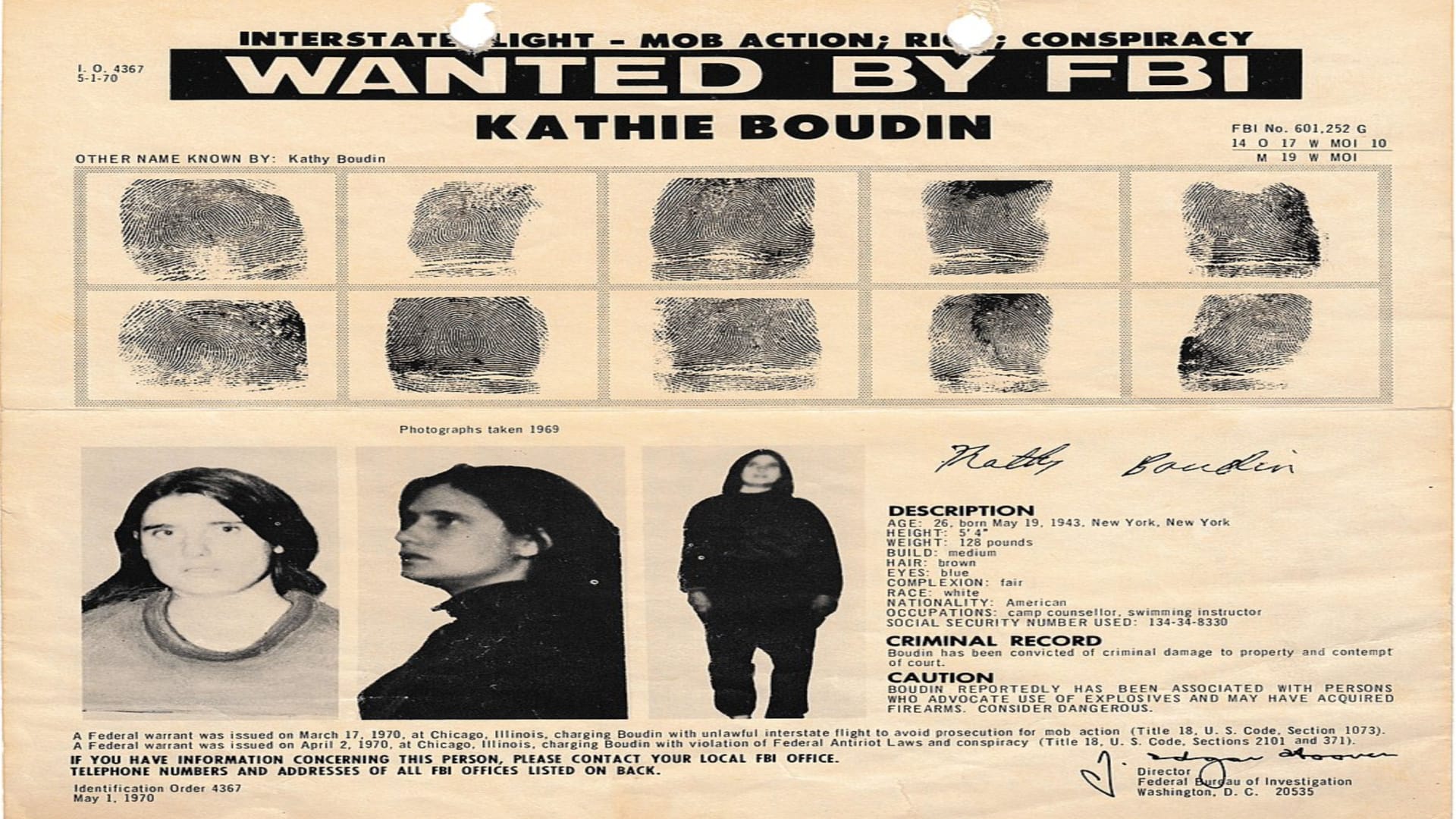Jun. 23, 2025 |
A history of political violence. Early in the morning on Saturday, June 14, a man drove a black SUV with flashing police lights to the home of Minnesota state Representative Melissa Hortman, a top Democrat in the state legislature. He was wearing a badge and tactical vest and carried a taser. When she answered the door, he introduced himself as a police officer—and then shot and killed her and her husband, Mark.
Now infamously, he wasn’t a cop. He was planning a killing spree in Minnesota and Wisconsin. Before assassinating the Hortmans, he shot state Senator John Hoffman and his wife, Yvette. When the true police caught him the next day, they found a list of about 70 intended targets—mostly Democratic politicians but also doctors and officials at Planned Parenthood centers.
On the same day as the killings in Minnesota, Arthur Folasa Ah Loo was shot and killed while demonstrating in Salt Lake City as part of the nationwide protests against U.S. President Donald Trump. At another demonstration, in Culpepper, Virginia, a man drove an SUV into a crowd of protesters.
Neither are these the only recent examples of political violence in America. Just in the last three months, Pennsylvania’s Governor Josh Shapiro’s house was set on fire while he and his family were asleep inside; two Israeli Embassy workers were shot and killed in Washington, D.C.; protesters in Boulder, Colorado, calling for the release of Israeli hostages were set on fire; and in New Mexico, the Republican Party headquarters was firebombed—along with a Tesla dealership.
It seems political violence in America is getting worse.
Is it?
—Michael Bluhm

